Those two or three years studying with Ben Long, I must have heard a hundred times a day, “this is how it’s done in the Florentine School, so this is how you are going to do it.” The classical tradition began with the Renaissance Masters, and has been passed down for centuries, generation to generation, Master to apprentice … and somehow it ended up with me. (Fortunately it also ended up with many other artists … whew! …way too scary to think of myself as the sole standard-bearer.)
How the Florentine School found me is another story … the yard sale. I’ll save that for later.
The Florentine School is not just a specific art style … the way the paintings look to the viewer … there’s a lot more to it. It is a tradition that includes not just making art, but also the lifestyle and philosophy around the work. Studio rituals. The painting process. The materials. The way of seeing. All things composition. Interacting with subjects. With clients. With patrons. What you eat and drink. It is the complete commitment to living as a classical artist. It is the often overlooked details … the mark of the studio — how the painting is signed (always in red). It is the reason I call myself Studio C Shute. It is the willingness to face a cold November morning with hope … (and hot mushroom meatball soup for breakfast).
This installment of “The Florentine School” is “making boards” as Ben used to say. It was heavy with process, so we usually devoted most of a day to it, and made multiple boards at one time. Painting on a rigid surface (if using the right materials … the “traditional” ones, of course) is the most archival method. Fresco is actually more permanent, but it’s not really the same thing, since in fresco the pigment is absorbed into the plaster, and does not rest on top of it in a paint film.
Making boards: rabbit skin glue prepared in double boiler, birch plywood, either three-quarters thick or one-quarter mounted on stretcher bars, wood sealed with glue, linen or canvas (always linen for portraits) glued to the board with warm glue starting from the center out, edges wrapped and corner folds done just so, dry for two days at least, light sanding to make sure the paint gets down into the linen fibers, lead white ground, a week or two (minimum) to cure, and then you are ready to paint.
This is my first time prepping boards in the Lockhart StudioKitchen, so I’m just figuring out how this machine will work. Here is a fairly large canvas, 30 by 48 inches, ready … well, maybe late today … for the first layer of ground. This panel is for a landscape commission … a river scene called “The Sand Bar” … which was actually the view outside my wonderful little studio in Fort Gaines. Can’t wait to get started ….

